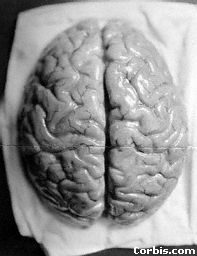
is
Hydrocephalus?
Hydrocephalus is an abnormal accumulation of cerebrospinal fluid in the ventricles of the brain. As the CSF builds up inside the ventricles, it causes them to enlarge and pressure inside the head to increase.
There are two types of hydrocephalus. One is congenital hydrocephalus and the other is acquired hydrocephalus. Congenital hydrocephalus is present at birth, while acquired hydrocephalus is exactly as it sounds. It is acquired through many things such as meningitis, head trauma, tumors, and cysts.
There is no known cure for hydrocephalus but there are treatments.
The most effective is the surgical insertion of a shunt (which can be either a ventriculoperitoneal (VP) or ventriculoatrial (VA) shunt. The shunt diverts the CSF to another region of the body where it can be absorbed.
To learn more about shunts, please click here.
Another treatment that is being offered, and that is growing in popularity, is endoscopic third ventriculostomy (ETV).
To learn more about ETV, please click here.